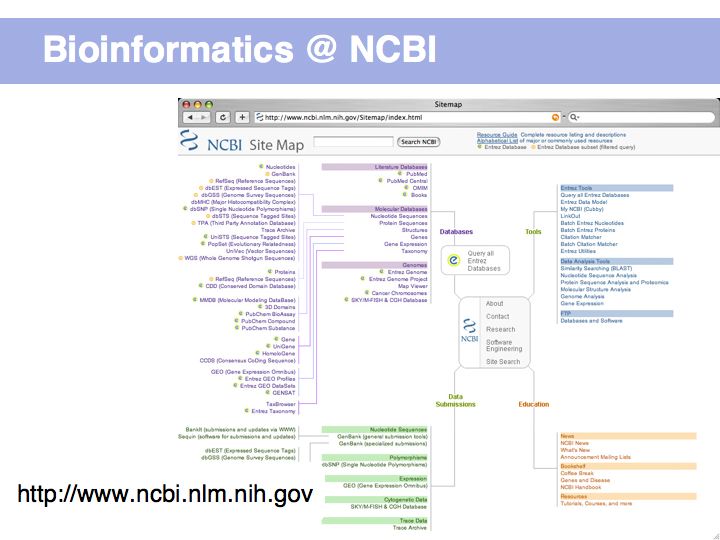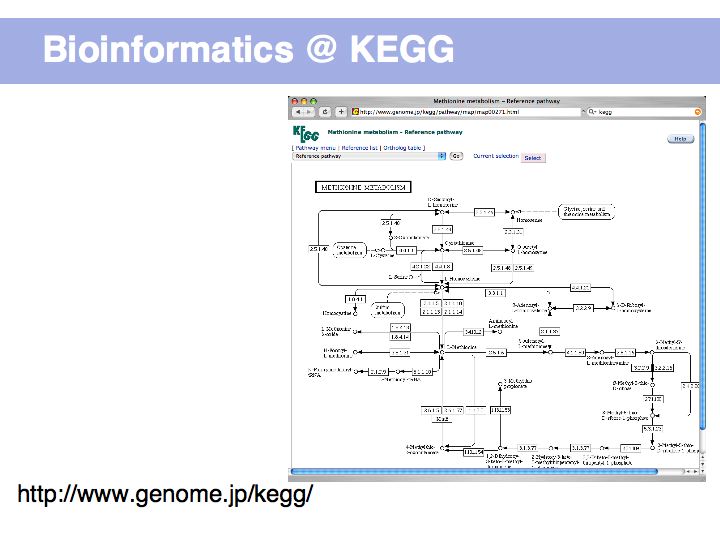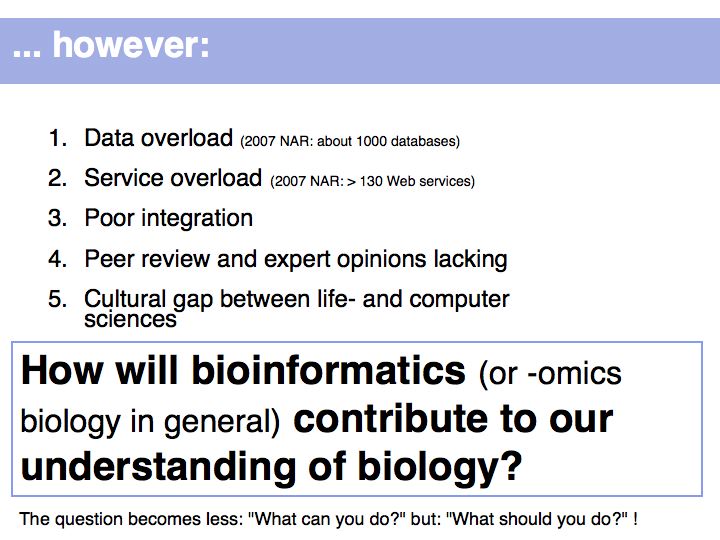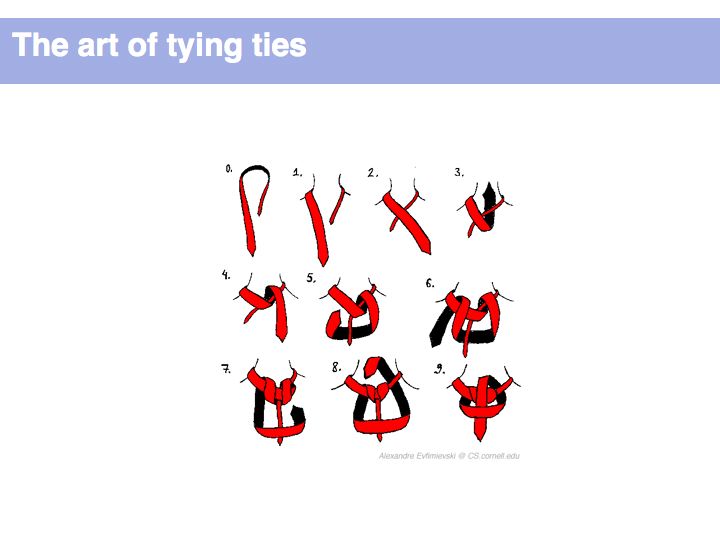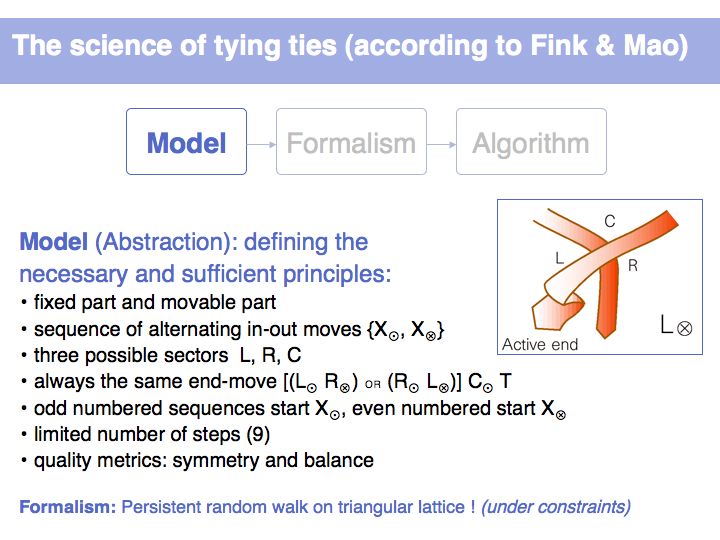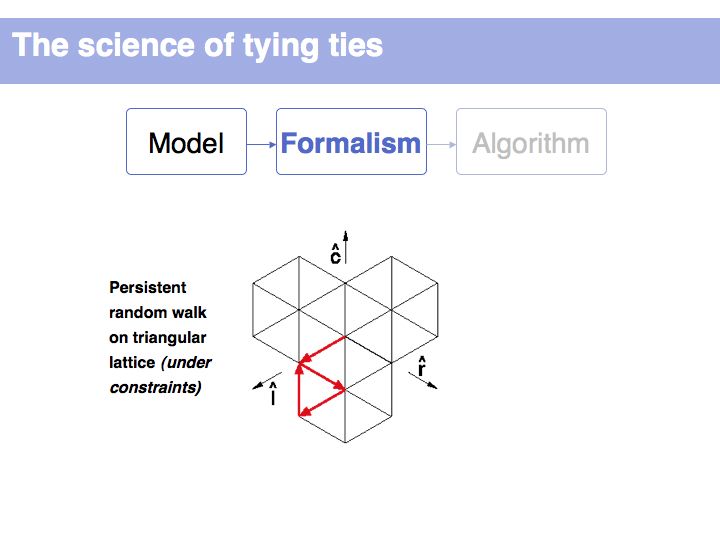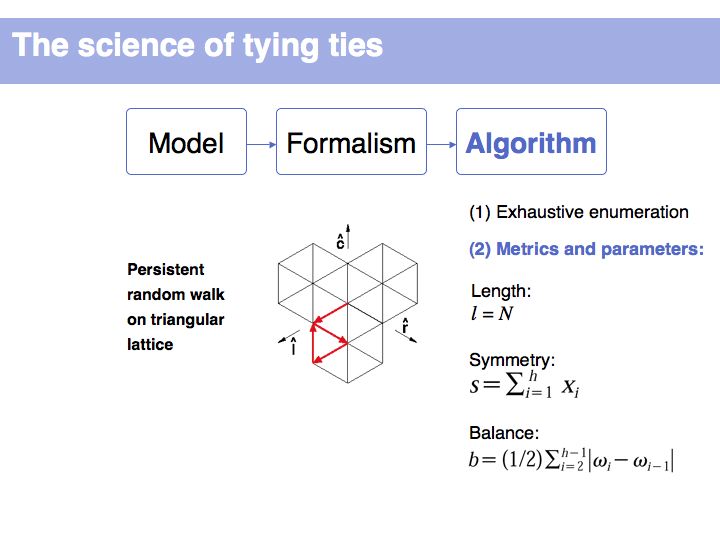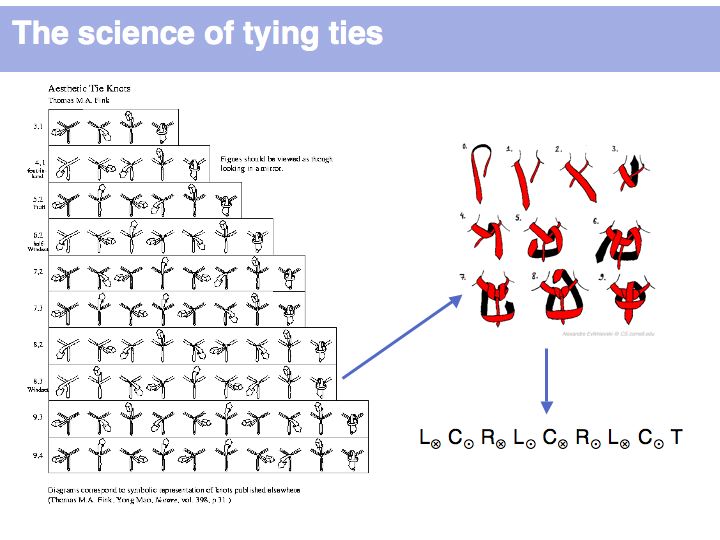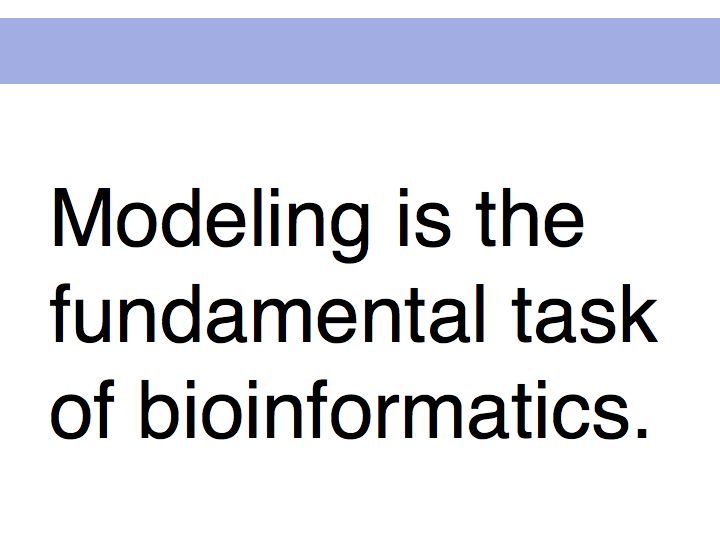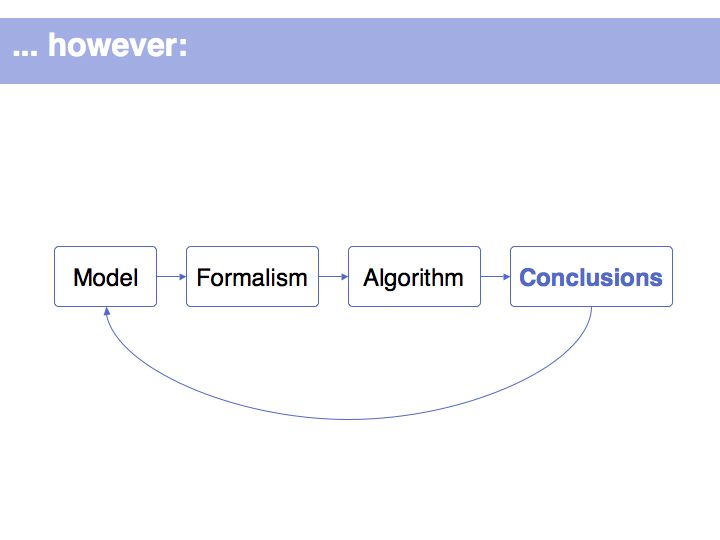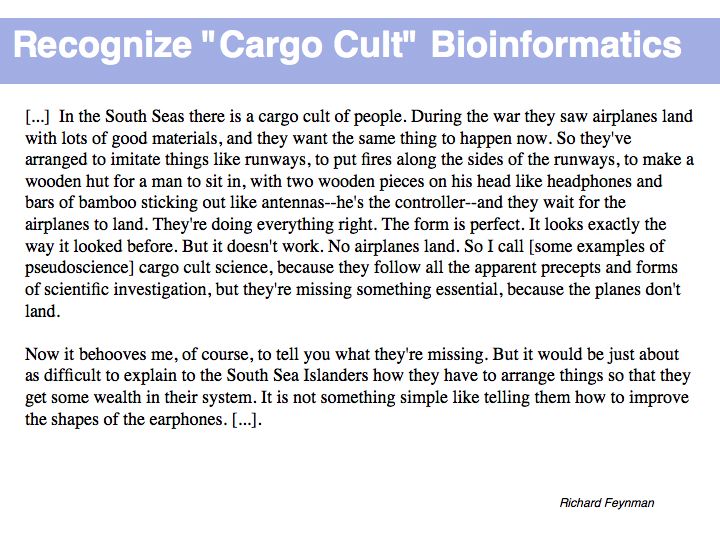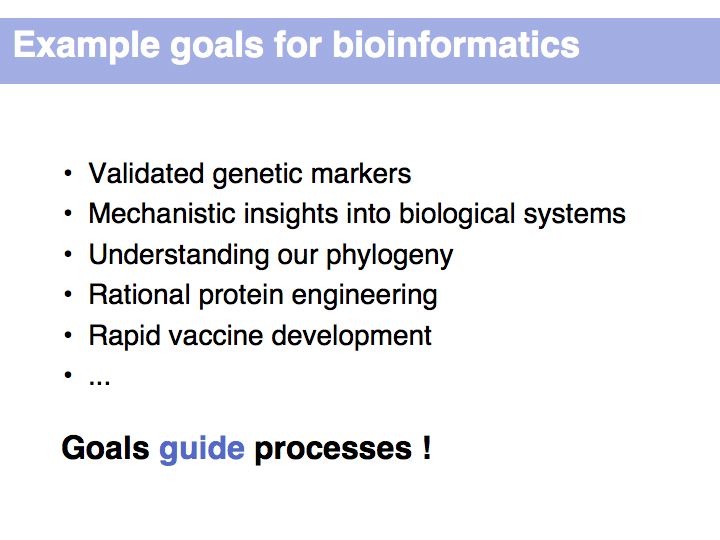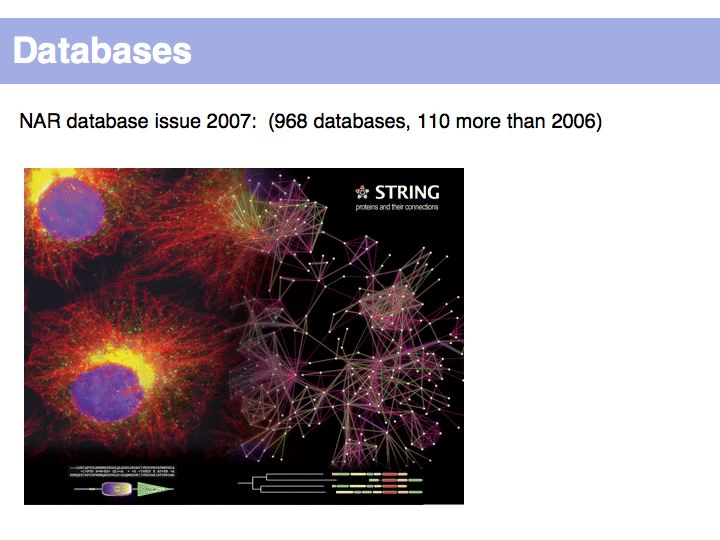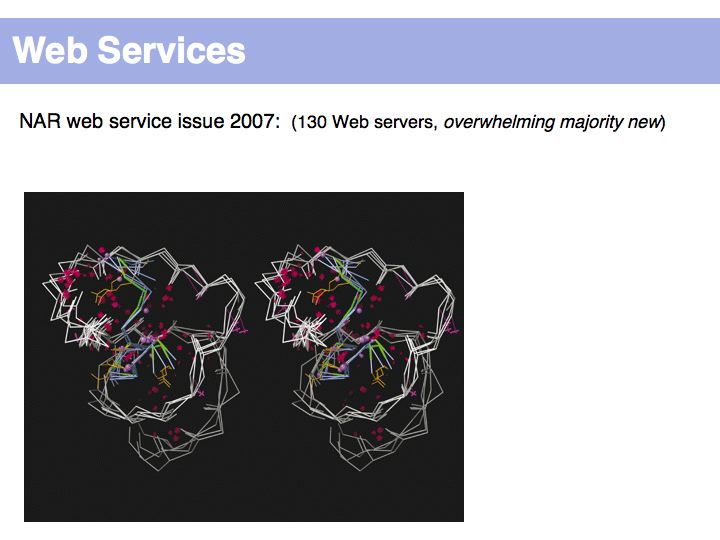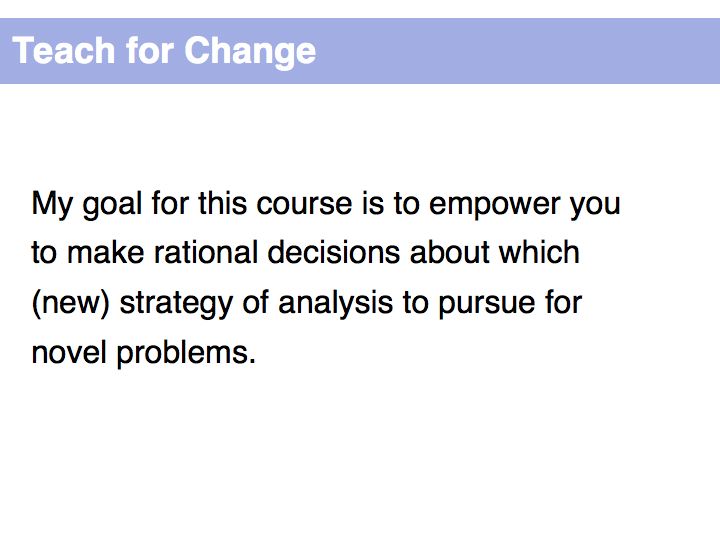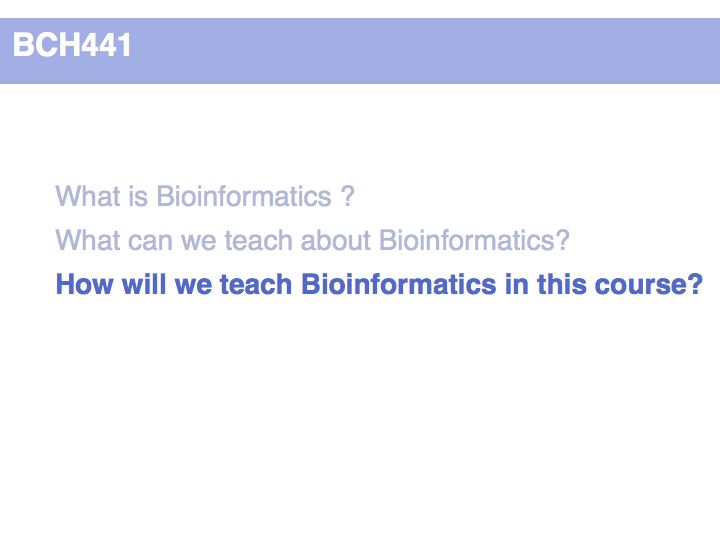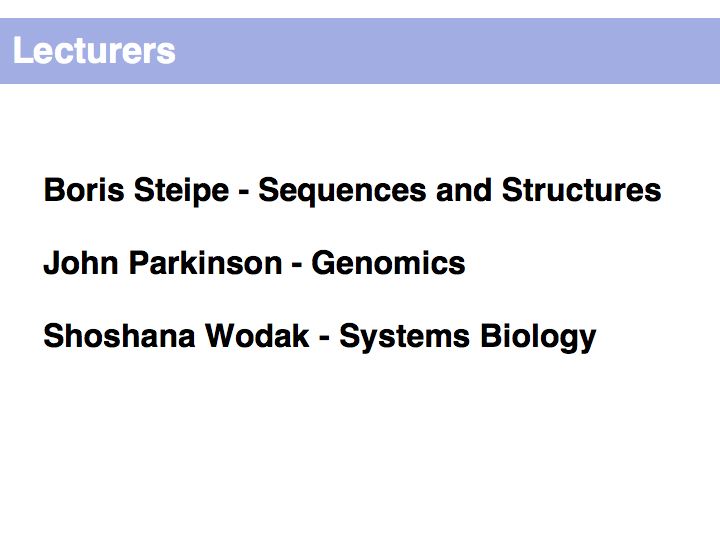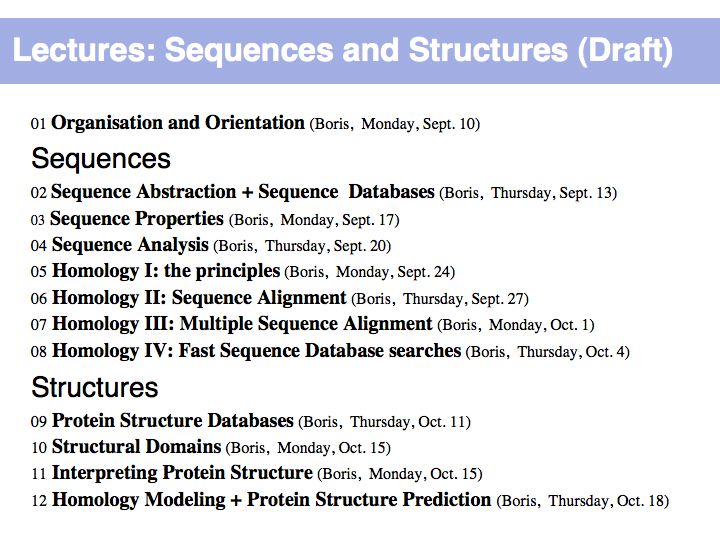Difference between revisions of "Lecture 01"
Jump to navigation
Jump to search
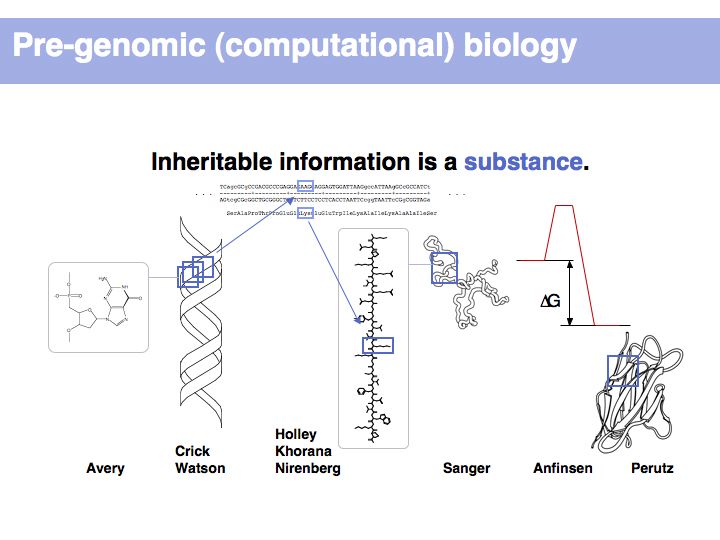
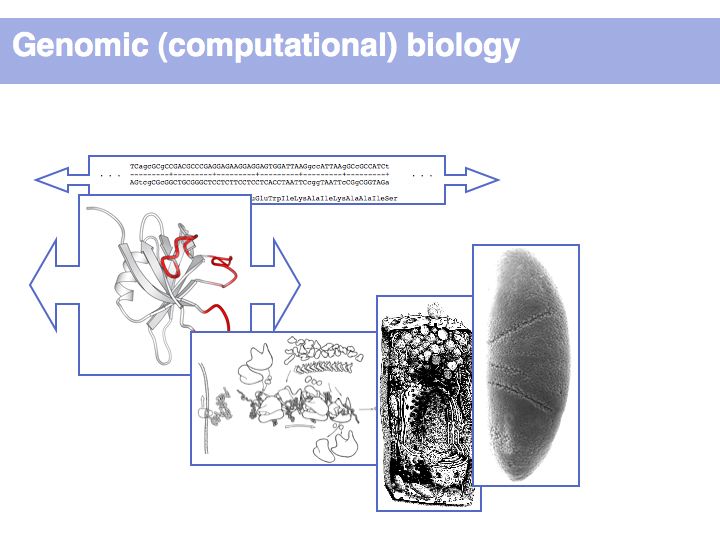
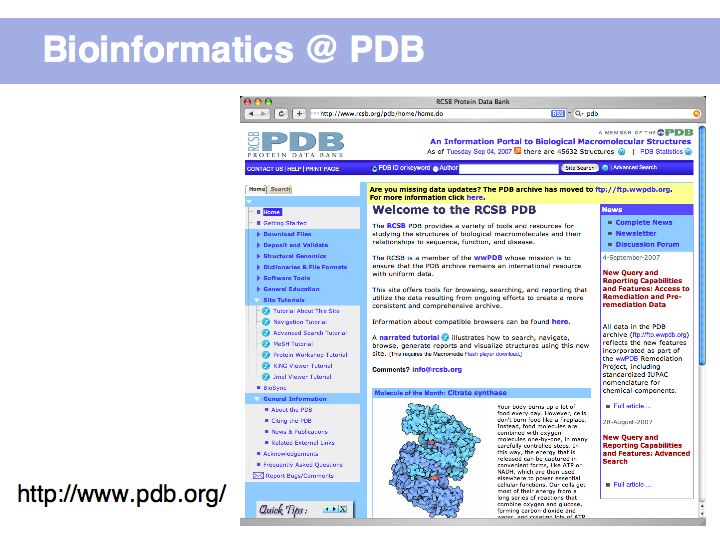
| Line 1: | Line 1: | ||
| + | <div style="padding: 5px; background: #FF4560; border:solid 2px #000000;"> | ||
| + | '''Update Warning!''' | ||
| + | This page has not been revised yet for the 2007 Fall term. Some of the slides may be reused, but please consider the page as a whole out of date as long as this warning appears here. | ||
| + | </div> | ||
| + | | ||
| + | |||
| + | | ||
| + | |||
| + | |||
__NOTOC__ | __NOTOC__ | ||
<small>[[Lecture_02|(Next lecture)]]</small> | <small>[[Lecture_02|(Next lecture)]]</small> | ||
Revision as of 15:24, 1 September 2007
Update Warning! This page has not been revised yet for the 2007 Fall term. Some of the slides may be reused, but please consider the page as a whole out of date as long as this warning appears here.
Organisation and Orientation
Add/expand:
- Mission: Analysis must be followed by interpretation, course is hands-on, interactive and goal oriented.
- Technology: Google group, Wiki, supporting material on the Web
- Contact information
- Technical details of course organisation
Lecture Slides
Slide 001
Slide 002
Slide 003

Lecture 01, Slide 003
From its beginning, it was recognized that molecular biology is an information science, just as much as a molecular science. The abstractions and models that focus on the essence of this information, rather than on the details of its representation, have proven to be remarkably powerful in explaining the basic features of life, such as inheritance, self-organization and the process of evolution.
From its beginning, it was recognized that molecular biology is an information science, just as much as a molecular science. The abstractions and models that focus on the essence of this information, rather than on the details of its representation, have proven to be remarkably powerful in explaining the basic features of life, such as inheritance, self-organization and the process of evolution.
Slide 004

Lecture 01, Slide 004
The promises of genome analysis include harnessing the power of self assembly towards a bio-nanotechnologic revolution: growth, rather than manufacturing. This includes the vision of regenerative molecular medicine, essentially relegating disease to the dark past ages of ignorance. But while the information for a complete specification of life is undoubtedly present in the genome, life realizes itself in complex interactions between context-dependent components. This makes life essentially unpredictable, at least to our current approaches. The sheer volume of data is a comparatively minor obstacle.
The promises of genome analysis include harnessing the power of self assembly towards a bio-nanotechnologic revolution: growth, rather than manufacturing. This includes the vision of regenerative molecular medicine, essentially relegating disease to the dark past ages of ignorance. But while the information for a complete specification of life is undoubtedly present in the genome, life realizes itself in complex interactions between context-dependent components. This makes life essentially unpredictable, at least to our current approaches. The sheer volume of data is a comparatively minor obstacle.
Slide 005
Slide 006
Slide 007

Lecture 01, Slide 007 [1]



